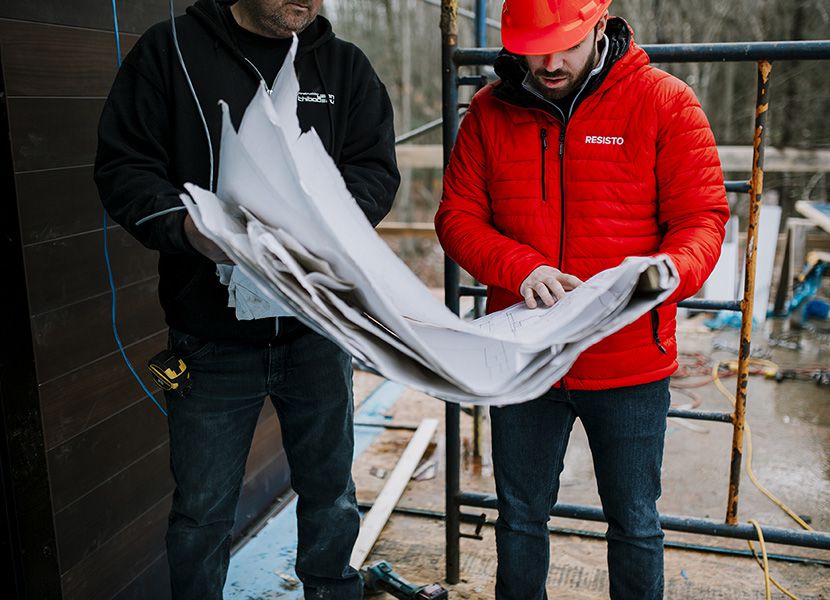Why Reflective Insulation?

Reflective insulation is a thermal insulation and vapour barrier designed to reduce radiant heat transfer by reflecting heat instead of absorbing it. They generally consist of one or more low-emissivity surfaces combined with air gaps. Unlike conventional insulation products (such as polyisocyanurate or polystyrene) which slow down thermal conduction and convection, reflective insulation solutions reflect heat thanks to their low-emissivity metallic surface. This helps limit heat loss in winter and reduce overheating in summer.
As reflective insulation products use a different method to retain heat, they effectively complement other SOPREMA insulation materials, such as cellulose, XPS or polyisocyanurate, to optimize the overall thermal performance of buildings.
Radiant heat, the primary source of heat transfer, is infrared radiation, an energy that travels at the speed of light, even in a vacuum. When radiation comes into contact with any type of material, it is scattered, absorbed, or reflected. For example, air, water and glass scatter visible light to varying degrees, while a white surface, such as snow, reflects it and a black surface absorbs it. A foil insulation roll acts in the same way, limiting heat absorption.
SOPREMA’s high-performance reflective insulation reflects up to 97% of the radiant energy that comes into contact with its surface. Additionally, it keeps heat inside and reduces or prevents the formation of ice dams and condensation that can damage roofs during the winter.
What About R-Values?
R-values are generally used to indicate the thermal resistance and effectiveness of an insulating material. When reflective insulation is installed properly, it has a good R-value, which means that it effectively minimizes conductive heat transfer, thus providing significant energy savings.
To view the R-values according to ASTM C1224 and C1363, please refer to the technical data sheets.
What are the applications of bubble reflective insulation?
Our technicians have developed various installation methods for residential, commercial, industrial and agricultural projects, as well as heating, ventilation and air conditioning (HVAC) applications. As a result, reflective insulation products install easily and quickly, reduce condensation and air infiltration, and offer exceptional versatility for various applications: walls, attics, under concrete slabs, subfloors, ventilation ducts, plumbing, water heaters, and much more.


